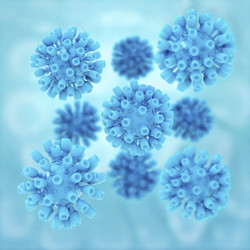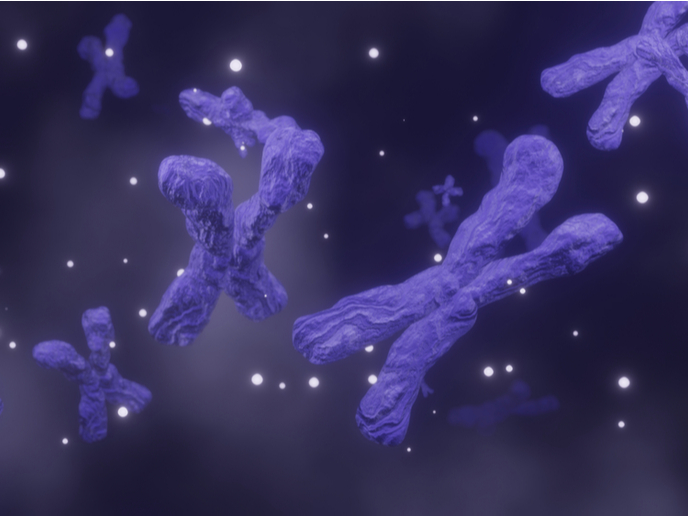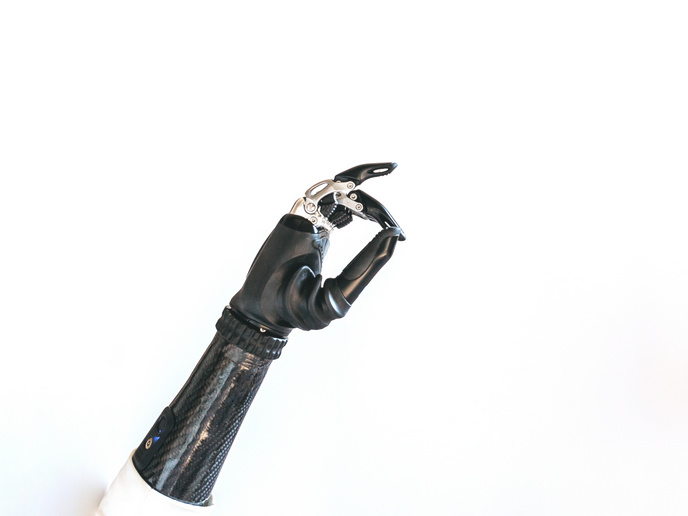Nanoantennae for disease-related signals
Untangling the biological pathways mediating diseases has enabled scientists to identify numerous disease-specific biomarkers for detection in bodily fluids such as blood, serum and saliva. The EU-funded project NANOANTENNA made an important contribution to diagnostic medicine with nanobiosensors consisting of metallic nanoparticles (NPs) functionalised with bioreceptors specific to target proteins. The metallic NPs act as optical nanoantennae and detect the vibrational frequencies of the molecules – of – interest by matching their frequency. This enables them to increase the signal rather than dampen it. Determination of the spectral signatures of the protein biomarkers – of – interest provided the basis for detection and identification. It also facilitated creation of a powerful database for future research and development. The prototype nanobiosensors were able to robustly detect low concentrations of a target protein associated with cellular metabolism and oxidative stress. This protein is a potential biomarker of liver disease, cardiovascular pathologies and cancer. It was detected with great success in both serum and saliva at levels quite promising and competitive with other available techniques. NANOANTENNA provided important proof of concept of detection of targeted biomarker proteins in bodily fluids at low concentrations with their nanobiosensors. In vitro detection paves the way to early diagnosis of important diseases for preventive and therapeutic treatment to improve patient outcomes. Two industrial partners plan to continue collaboration on development of the actual diagnostic device. With their combined experience and established cooperation, simple point - of - care diagnosis may be around the corner.
Keywords
Proteins, biomarkers, serum, saliva , nanobiosensors, metallic, nanoparticles, bioreceptors, nanoantennae, prototype







